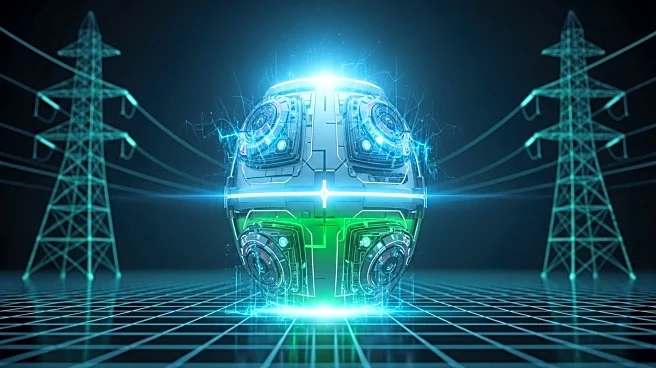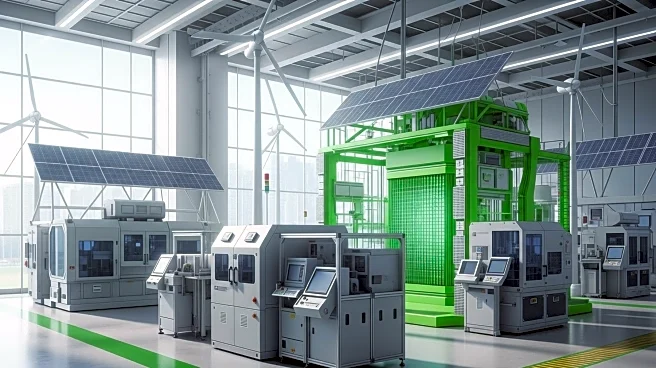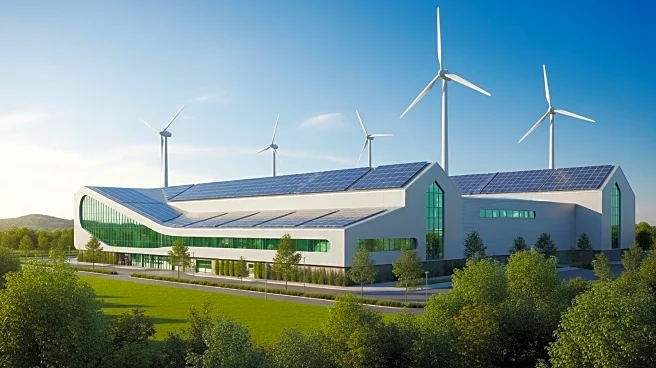What is the story about?
What's Happening?
Recent advancements in the manufacturing processes of thermoelectric generators (TEGs) are set to transform the global energy landscape. These innovations, particularly in 2024 and 2025, enhance the efficiency and cost-effectiveness of converting waste heat into electricity. Key developments include PyroDelta Energy Corp.'s capillary casting method for robust TEGs and Karlsruhe Institute of Technology's additive screen-printing for 3D print-TEGs. These breakthroughs promise to expand TEG applications across sectors such as automotive, data centers, and wearable technology, offering sustainable energy solutions and reducing reliance on traditional batteries.
Why It's Important?
The evolution of TEG technology represents a significant step towards sustainable energy practices, aligning with global decarbonization goals. By efficiently converting waste heat into electricity, TEGs can reduce energy waste and enhance energy independence. This shift is expected to drive innovation in industries like data centers, automotive, and consumer electronics, offering new opportunities for companies specializing in advanced materials and thermoelectric compounds. As TEGs become more commercially viable, they could disrupt traditional energy systems and contribute to a more decentralized and resilient energy infrastructure.
What's Next?
The thermoelectric generator market is poised for rapid growth, with companies like First Tellurium and Samsung leading the charge. As manufacturing costs decline and efficiencies improve, TEGs are expected to see increased adoption in niche markets and eventually in mainstream consumer products. The ongoing integration of machine learning and AI in materials discovery will likely accelerate the development of high-performance thermoelectric materials, further expanding TEG applications. Regulatory incentives for waste heat recovery could also boost market penetration, supporting the transition to sustainable energy solutions.
Beyond the Headlines
The advancements in TEG technology have broader implications for energy policy and environmental goals. By enabling efficient waste heat recovery, TEGs support circular economy principles and contribute to global energy efficiency targets. The integration of TEGs in data centers and automotive systems could significantly reduce operational costs and carbon footprints, aligning with sustainability initiatives. As TEG technology matures, it may become a standard component in energy systems, complementing other renewable energy sources and enhancing overall energy resilience.
AI Generated Content
Do you find this article useful?













